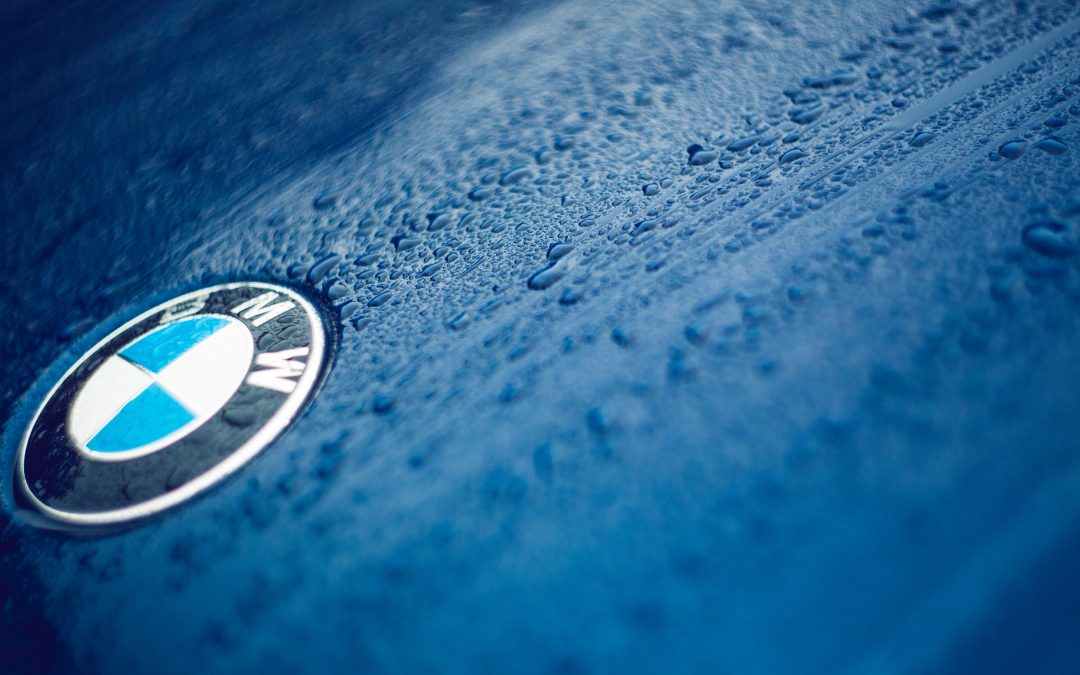Welcome to the second half of our BMW names posts. Earlier this week, we talked about model names (330d, for example). We also covered how BMW got its name. We told you that this week we would write about the two other components of BMW names: BMW engine codes and the chassis codes.
And so we present to you: How BMW Names Their Fleet 2.
E Codes
BMW codenames often begin with an E. Have you ever wondered why that was?
It doesn’t stand for Engine or Emission.
It’s another German word! Entwicklung. Entwicklung translates as “evolution” or “development”. Rather like how WD-40 was the 40th recipe of the lubricant, the E3 was the third model the manufacturer made.
So why isn’t there an E4-8?
Not all designs go ahead, the gaps between codenames are the abandoned models, like WD-1 to 39.
F Codes
Some models have been revised, such as the E32. The revisions were then given an extra digit to mark the change. For example, the long-wheel-based E32 was marked E32/2. The next change to the E32/2 wouldn’t be an E/32/2/etc, but an F32, with the letter rather than the number upgrading.
BMW Engine Codes
Last time, we mentioned the N54B30. This code didn’t fit in with the model names we were explaining. That’s because it is not a BMW model name. It is, in fact, an engine code, with each digit corresponding to a different part of the engine.
There are 5 permanent parts of a BMW engine code and an optional sixth.
The first, the N, represents the engine family, the type of engine BMW uses. This letter will be one of six: M; N; B; S; P; or W. All but the W are BMW-made engines. The M range were engines made before 2001 and the N after. B engines are modular engines, engineered since 2013. S are motorsport production engines and P engines are motorsport racing engines. W is a classification for external engine suppliers.
The second part of the BMW engine code, the first number, can also be one of six: 3; 4; 5; 6; 7; 8. These represent the number of cylinders.
| Engine Code Digit | Number of Cylinders |
| 3 | Inline 3 |
| 4 | Inline 4 |
| 5 | Inline 6 |
| 6 | V8 |
| 7 | V12 |
| 8 | V10 |
The third part of the code, the second number, refers to the engine variation. Starting with 0 for original, the engine can have up to ten fairly major variations (marked as 1-9 in the code).
Next in BMW’s engine code comes the fuel type: B (petrol); D (diesel); E (electric); G (natural gas); H (hydrogen).
The final two numbers represent the size of the engine x10. Our example above, the N54B30, would thus have a 3.0L engine.
The sixth part of our BMW engine code is the optional addendum “TU”, meaning “technical upgrade”. These are upgrades less major than the engine variations and are not so different that the engine requires a new numerical classification. Imagine the iPhone 6 and the iPhone 6s, the same model, but one had Siri and the other did not.
Applying the codes
So, to recap using our N54B30, we can see that it is a post-2001 engine design. The 5 shows us that it has 6 inline cylinders. The 4 tells us that it is the fourth variation on the original design. The B means that this engine runs on petrol. As we said before, it is a 3.0L engine.
Contact Us
Volks Affair are your go-to BMW dealership alternative. Our experts know all there is to know about BMW and will talk you through every step of the way. For a quote, repair or service, contact us today.

